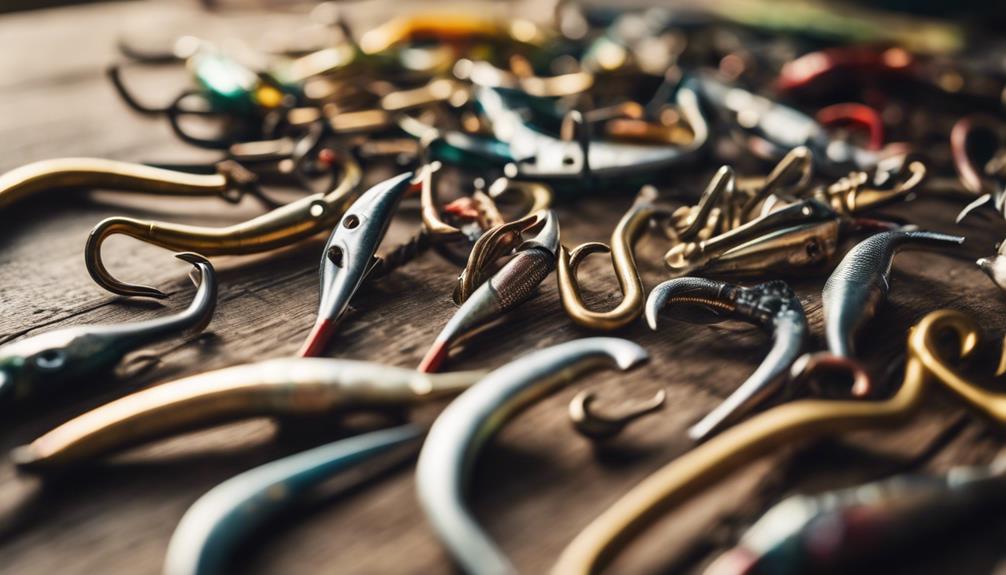Fly fishing is a cherished pastime that connects anglers with nature, and understanding the various fly fishing fly knots is essential for success on the water. This comprehensive guide will delve into the different types of knots used in fly fishing, their purposes, and how to tie them effectively. Whether you’re a seasoned angler or a beginner, mastering these fly fishing fly knots will enhance your fishing experience.
Understanding the Importance of Fly Fishing Fly Knots
When it comes to fly fishing, the fly fishing fly knot is crucial. These knots serve as the vital link between your fishing line and the fly, ensuring that everything stays securely connected while you cast and reel in your catch. A poorly tied knot can lead to lost flies, broken lines, and ultimately, missed fishing opportunities. Therefore, learning how to tie the right knots not only improves your success rate but also enhances your overall fishing experience.
Common Types of Fly Fishing Fly Knots
There are several types of fly fishing fly knots, each designed for specific tasks. The most common include the Improved Clinch Knot, the Loop Knot, and the Bimini Twist. The Improved Clinch Knot is favored for securing a fly to the tippet, while the Loop Knot allows for more movement of the fly in the water, making it ideal for certain fishing conditions. The Bimini Twist, on the other hand, is often used for creating a double line, adding strength and durability. Understanding when to use each knot will significantly enhance your fly fishing technique.
How to Tie the Improved Clinch Knot
The Improved Clinch Knot is one of the most widely used fly fishing fly knots due to its strength and ease of tying. To tie this knot, follow these steps:
1. Thread the tippet through the eye of the hook.
2. Wrap the tag end around the standing line five to seven times.
3. Pass the tag end through the loop created above the wraps.
4. Then, pass the tag end through the larger loop you created in the first step.
5. Moisten the knot and pull both ends to tighten.
This knot is reliable and works well with various tippet materials. It’s a must-know for any fly angler.
Mastering the Loop Knot for Better Fly Movement
The Loop Knot is another essential fly fishing fly knot that allows your fly to move more naturally in the water. This knot is particularly useful when fishing with streamers and larger flies. To tie a Loop Knot, follow these steps:
1. Create a loop in the line and pass the fly through it.
2. Wrap the tag end around the standing line three to five times.
3. Pass the tag end back through the loop.
4. Moisten the knot and pull to tighten.
This knot provides the fly with a degree of freedom, mimicking the movements of prey and increasing your chances of attracting fish.
The Bimini Twist: A Knot for Strength and Durability
The Bimini Twist is a more advanced fly fishing fly knot that offers additional strength and durability, particularly useful when targeting larger fish. This knot creates a double line, which enhances the overall strength of your tippet. Here’s how to tie the Bimini Twist:
1. Form a loop in the standing line.
2. Twist the loop around itself six to ten times.
3. Pass the twisted section through the loop you initially made.
4. Pull on both ends to tighten the knot.
While the Bimini Twist requires more practice, it is invaluable for serious anglers looking to target bigger species.
Using the Nail Knot for Leader Connections
The Nail Knot is essential for connecting your fly line to a leader. A well-tied Nail Knot ensures a smooth transition between your line and leader, minimizing tangles. Here’s how to tie it:
1. Lay the leader against the fly line and wrap the leader around the fly line six to eight times.
2. Pass the tag end of the leader through the loop created near the end.
3. Moisten the knot and pull it tight.
This knot is particularly useful for fly fishing because it maintains the integrity of the fly line while providing a strong connection to the leader.
Tips for Tying Fly Fishing Fly Knots
When tying fly fishing fly knots, there are a few tips to keep in mind to ensure you achieve the best results. First, always moisten your knots before tightening; this helps prevent friction and potential breakage of the line. Second, practice your knots at home before heading out to the water. The more familiar you are with the tying process, the quicker and more efficiently you can tie them while fishing. Lastly, inspect your knots regularly while fishing, especially after catching a fish or if you notice any unusual resistance while casting.
Conclusion: Elevate Your Fly Fishing Experience with Proper Knot Tying
Mastering fly fishing fly knots is an essential skill for any angler. Whether you are using the Improved Clinch Knot, the Loop Knot, the Bimini Twist, or the Nail Knot, understanding how to tie and when to use these knots will significantly enhance your fly fishing experience. By practicing these techniques and applying them in the field, you’ll not only improve your chances of landing that trophy fish but also deepen your appreciation for the art of fly fishing. So grab your gear, head to your favorite fishing spot, and put your knot-tying skills to the test!
With these tips and techniques in mind, you’re well on your way to becoming a proficient fly angler. Remember, the right fly fishing fly knot can make all the difference in your fishing success. Happy fishing!
